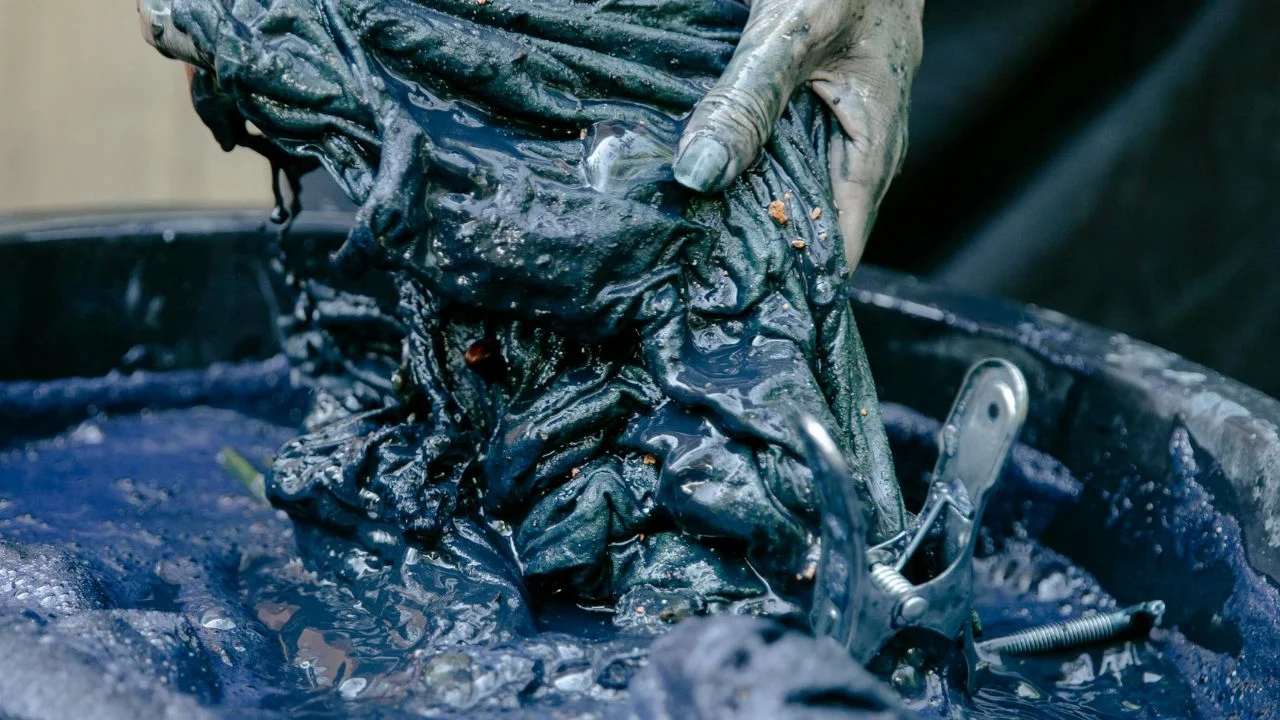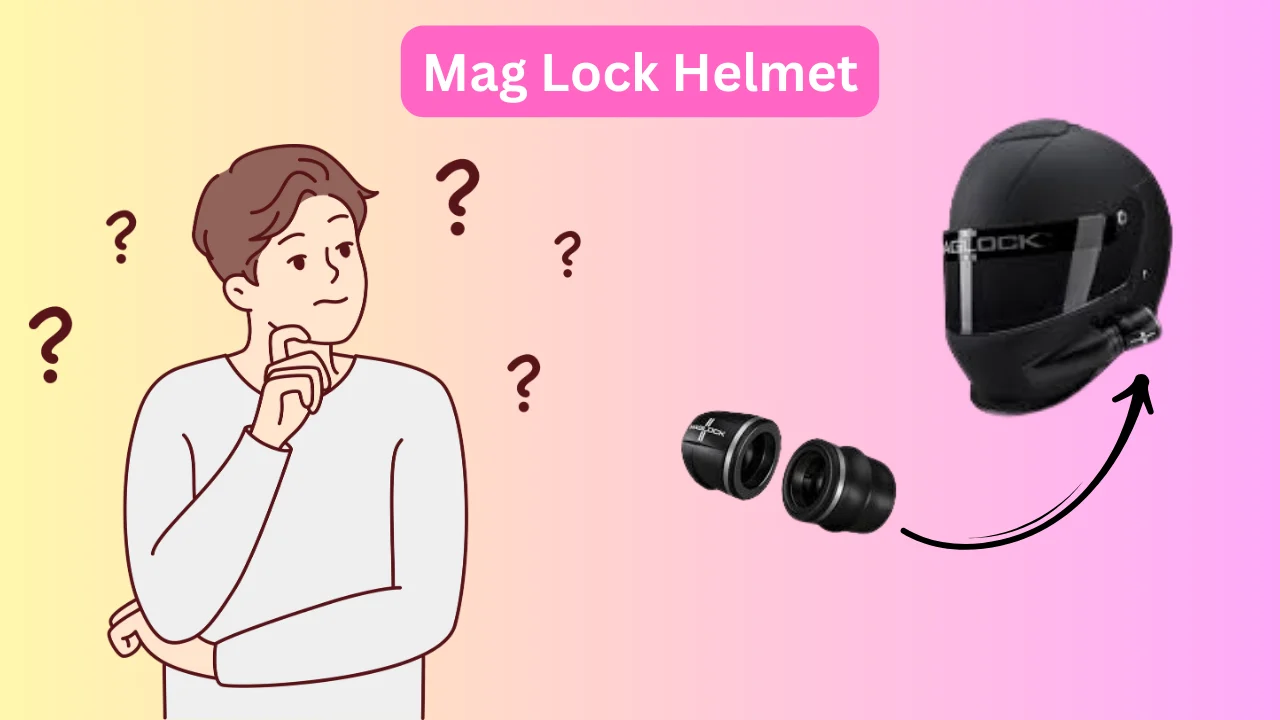How to wash motorcycle helmet pads? Let me share my personal experience with you —it’s easier than you might think, and it makes a world of difference!
There’s nothing worse than pulling off your helmet after a great ride and getting hit with that funky smell. If you’ve ever been there, you’ll know what I mean.
Over time, sweat, oils, and dust start building up in the helmet pads, and trust me, if you don’t take care of them, your helmet becomes more of a stink bomb than a piece of protective gear.
After struggling with this for way too long, I finally figured out the right way to wash my helmet pads.
Quick Fix
If your helmet pads start to smell or feel grimy, gently remove them and soak them in lukewarm water mixed with baby shampoo. Lightly hand wash the pads, then rinse thoroughly and let them air-dry in a cool place for 24-48 hours. Clean your helmet shell while the pads dry, and you’ll be ready for your next ride with a fresh, clean helmet.
Why Washing Your Helmet Pads Matters
Riding regularly causes a build-up of sweat, oils from your skin, and dust inside your helmet. Over time, this can lead to unpleasant odors and even skin irritation.
Washing your helmet pads every few months, especially if you ride frequently, helps keep them in top shape and extends the lifespan of your helmet by up to 30%.
Now, let’s dive into the step-by-step process to keep your helmet pads clean and smelling fresh.
How to Wash Motorcycle Helmet Pads| Step-by-Step
Step 1: Remove the Helmet Pads
The first step is pretty simple—remove the pads from your helmet. Most helmets these days come with removable pads, which makes cleaning a breeze. But at first, I wasn’t sure how to take mine out without messing something up.

Here’s what I did:
- Cheek Pads: These are usually held in place with either Velcro or snap buttons. I gently pulled mine out from the bottom, being careful not to tug too hard.
- Crown Liner (Top Pad): The top pad (or crown liner) is often attached with a few clips. I unclipped it carefully, making sure not to tear anything.
Removing the pads was easier than I thought, but the key here is to be gentle—don’t force anything. Once they’re out, you can move on to the cleaning process.
Step 2: Prepare the Cleaning Solution
I’ve tried a few different methods for cleaning my pads, but I’ve found that baby shampoo works best. It’s gentle on the fabric, doesn’t leave any strong smells, and most importantly, it’s not harsh on the skin.

Here’s how I did it:
- Fill a small basin or sink with lukewarm water. Be careful not to use hot water—learned this one from experience—because hot water can mess up the foam in the pads.
- Add a teaspoon or two of baby shampoo. You don’t need much; just enough to create a light lather.
I’ve also heard of people using mild detergents, but baby shampoo is my go-to because it’s gentle and effective. I made sure the water was mixed well and ready for soaking.
Step 3: Hand Wash the Pads
This is where the magic happens. Once the pads were in the cleaning solution, I gently massaged them with my hands. At first, I was tempted to scrub them hard, but I quickly realized that could damage the padding.

- Lightly massage the pads, focusing on the spots where they get dirtiest—usually the cheek pads for me, since they absorb the most sweat.
- I let them soak for about 10-15 minutes to loosen up the dirt and oils. If your pads are particularly grimy (which mine were), a bit of soaking time really helps.
The first time I did this, I was shocked at how much dirt came out! Just by lightly working the shampoo through the fabric, the water started looking pretty murky. Don’t be afraid to spend some time on this step; it’s worth it to get your helmet pads really clean.
Step 4: Rinse the Pads Thoroughly
Once the pads were nice and clean, I rinsed them under cold running water. You want to make sure all the soap is gone, or you’ll end up with residue that could irritate your skin the next time you wear your helmet.
- Rinse each pad under cool water, pressing gently to get all the soap out. I avoided wringing them out because that could damage the foam inside.
- I kept rinsing until the water ran clear. This is important because leftover soap can cause skin irritation and leave the pads feeling sticky.
This part took a little time, but it’s crucial. It’s like rinsing conditioner out of your hair—you want to be thorough to avoid any buildup.
Step 5: Dry the Helmet Pads
After rinsing, I laid the pads out on a clean towel to dry. Here’s where I made a mistake the first time: I left the pads in the sun, thinking they’d dry faster. Big no-no. The heat can warp the foam, and you definitely don’t want that.
- Place the pads on a towel and press them gently to remove excess water. Don’t twist or wring them out!
- Air-dry them in a cool, shaded area. It can take up to 24-48 hours for them to fully dry, depending on the humidity.
I now know better and always let them dry naturally in the shade. It takes a little longer, but it’s worth it to keep the pads in good shape.
Step 6: Clean the Helmet Exterior
While the pads were drying, I took the time to clean the outside of my helmet. This part’s quick and easy, but it helps keep the whole helmet looking sharp.

- I used a soft microfiber cloth with a bit of mild soap to gently wipe down the helmet shell.
- For the visor, I used a lens cleaner designed for helmets (you don’t want to use household glass cleaner because it can damage the visor’s coating).
It only took a few minutes, but cleaning the outside of the helmet made it look brand new again.
Step 7: Reinstall the Pads
Once the pads were completely dry, it was time to put everything back together. I’ve learned from experience that this step can be tricky if you rush, so I took my time.

- Snap the cheek pads back in first, making sure they’re secure and positioned correctly.
- Reinstall the crown liner, making sure all the clips are aligned.
I checked everything to make sure it felt right before trying the helmet on again. The pads should fit snugly without feeling loose or misaligned.
How Often Should You Wash Your Helmet Pads?
From my own experience, the frequency of cleaning depends on how often you ride and in what conditions. For regular riders, especially those who ride daily or in hot, humid conditions, I recommend washing the helmet pads every 1-2 months. If you ride less frequently or only in cooler climates, washing them every 3-4 months might be enough.
Pro Tips for Keeping Helmet Pads Fresh
To keep your helmet feeling fresh between washes, here are a few additional tips:
- Use an anti-bacterial spray: After every ride, lightly spray the pads with an anti-bacterial fabric spray. This helps kill bacteria and keeps odors at bay.
- Consider helmet liners: A thin, washable helmet liner can absorb sweat and oils, reducing the need for frequent pad washing.
- Always air out your helmet: After every ride, leave your helmet in an open, shaded area to allow moisture to evaporate.
Conclusion
Now that you know how to wash motorcycle helmet pads, keeping your helmet fresh and clean is easy. With just a few simple steps and the right materials, you can remove sweat, dirt, and bacteria from your helmet pads, making your rides more comfortable and extending the life of your helmet.
Remember to clean your helmet pads regularly—especially if you ride often—and always allow them to air-dry completely before reusing them. A clean helmet isn’t just more comfortable, it’s safer and will last longer too.
FAQ’s
1. How often should I wash my motorcycle helmet pads?
It’s recommended to wash your helmet pads every 1-2 months if you ride frequently. If you ride less often, cleaning every 3-4 months should suffice. Regular cleaning prevents bacteria buildup and odors.
2. Can I wash helmet pads in a washing machine?
No, it’s best to hand wash helmet pads using mild detergent or baby shampoo. Washing machines can damage the foam and fabric, causing the pads to lose their shape and effectiveness.
3. How long do helmet pads take to dry?
Helmet pads typically take 24-48 hours to fully air dry. Avoid using direct sunlight or heaters, as excessive heat can warp the foam.
4. Can I use regular detergent to clean my helmet pads?
It’s better to use a mild detergent or baby shampoo. Strong detergents can weaken the fabric and cause skin irritation, while baby shampoo is gentle and effective.





